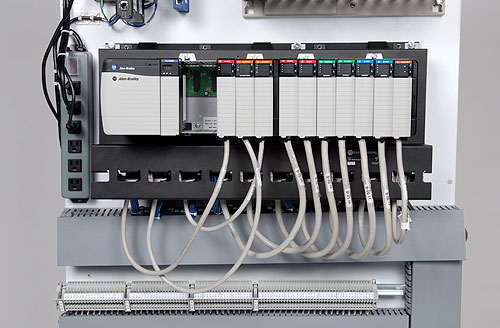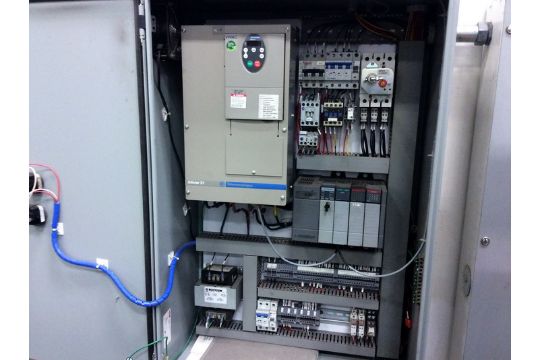I agree with this.
I also think that the grid is particularly vulnerable to cascade failures, at least in the northeast and southwest. The grid could easily take out a huge chunk of itself just because of a normal everyday failure, with no intentional sabotage involved.
For those who don’t know what a cascade failure is, imagine you have four power companies, A, B, C, and D. A can’t produce enough power to supply all of its customers. B can, but doesn’t have enough excess to help out A. C produces enough for itself and has plenty of excess. D is like B, producing enough for its own customers but no excess. With all of these tied together, the excess production from C can be used to help power A’s customers, so all is well. But let’s say that a major generator in C breaks. Now, C can’t supply enough power for both its own customers and A’s customers, so C’s other generators overload and trip offline. B and D can’t support the extra load either, so they trip offline, and A couldn’t power all of its customers alone either so they trip offline as well. A, B, C, and D all go dark because of one failure in C. This is a cascade failure, where the failure cascades to other systems.
Every time we have a major cascade failure, folks try to improve the grid so that it can’t happen again. Using the above example, if a major generator in C breaks, instead of having the failure cascade to all of the other systems, just isolate A, where the overload actually is, and A goes dark. But now B, C, and D have enough power to keep running, so they don’t go dark. This prevents the failure from cascading all the way down the line.
Exactly how this is done gets very complicated and is a bit beyond the level of a message board post, but basically you need systems that can react very quickly to faults.
While power companies have made major improvements in systems like this in the past few decades, you don’t really know how well they work until you get a major failure. The last major cascade failure in the U.S. was in 2003, when high current loads caused high voltage lines to sag from the heat (it was a very hot day, which also contributed to the failure) and the lines basically shorted out. This single failure cascaded all the way through the northeast U.S. and up pretty far into Canada.
We won’t know how good the newer protective systems are until we get another big failure like this.
You wouldn’t have to do much intentional sabotage to get a similar type of failure, at least not in the northeast and southwest, where power systems are strained pretty close to their limits on hot summer days.
Doomsday scenarios tend to rely on people being idiots, but people aren’t idiots. They aren’t going to run in circles screaming and panicking. They are going to do what they can to get the power back on. After the 2003 cascade failure, power was restored to a lot of people in just a couple of days. The entire northeastern U.S. and parts of Canada did not descend into chaos, and civilization in these areas did not collapse, though admittedly in some areas there was some significant looting and some chaos. It took a few weeks to get power restored to everyone, but people managed to cope.
The folks who sold portable generators also made a lot of money. 
Taking down the grid probably wouldn’t be that difficult. Keeping it down for everyone isn’t going to happen, though, at least not easily. Someone could theoretically do a lot of damage with an EMP attack using nukes, but then, if we’ve gotten to the point of using nukes, we’ll have more important things to worry about than our electrical grid. Anything less than that, and the damage to the grid is going to be repaired fairly quickly.




